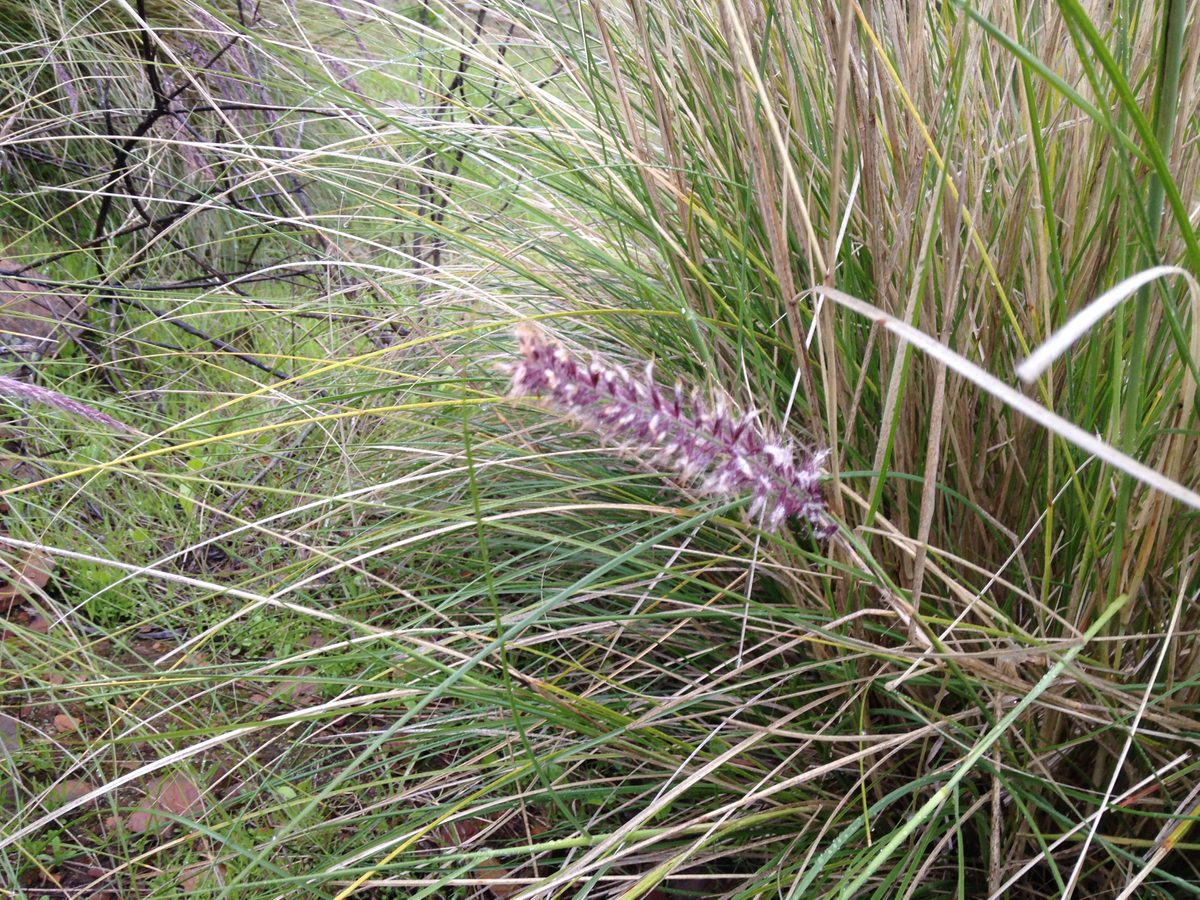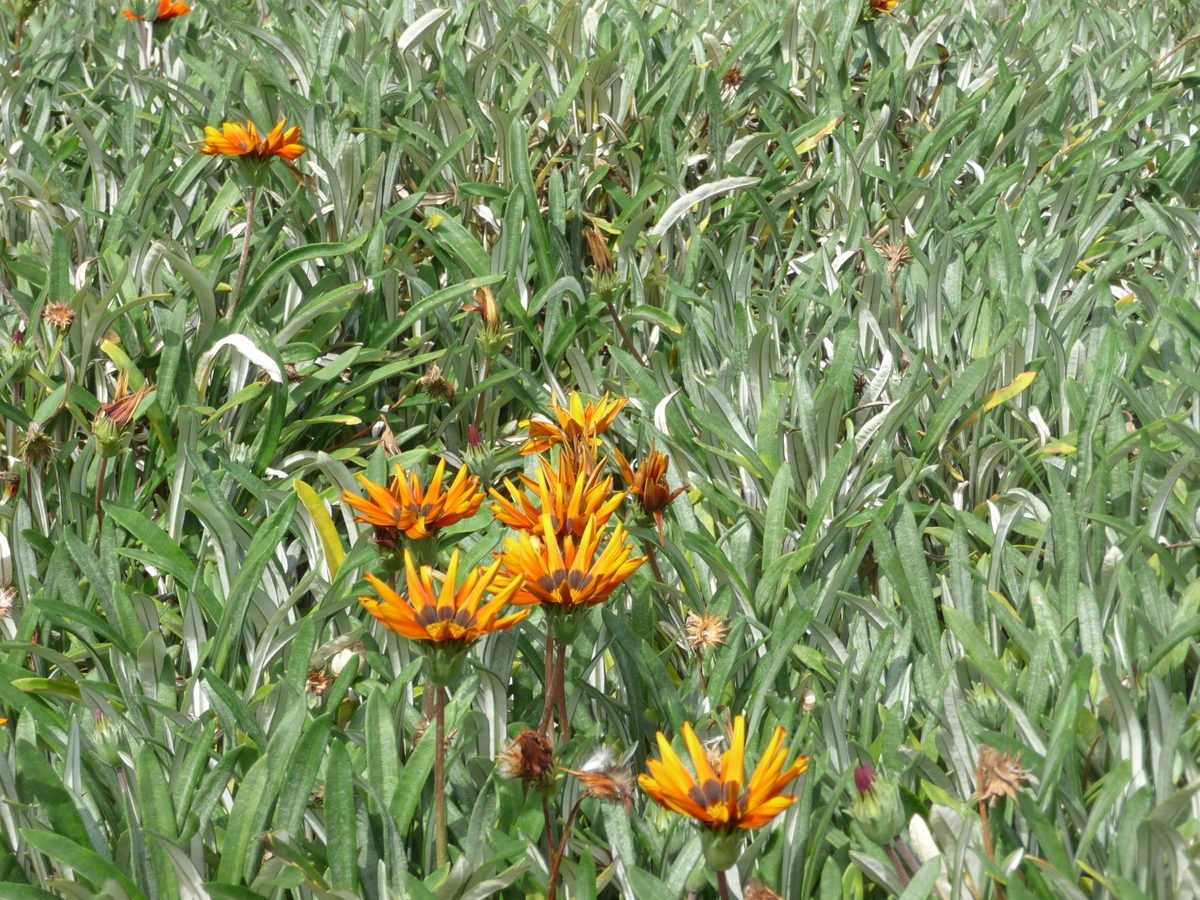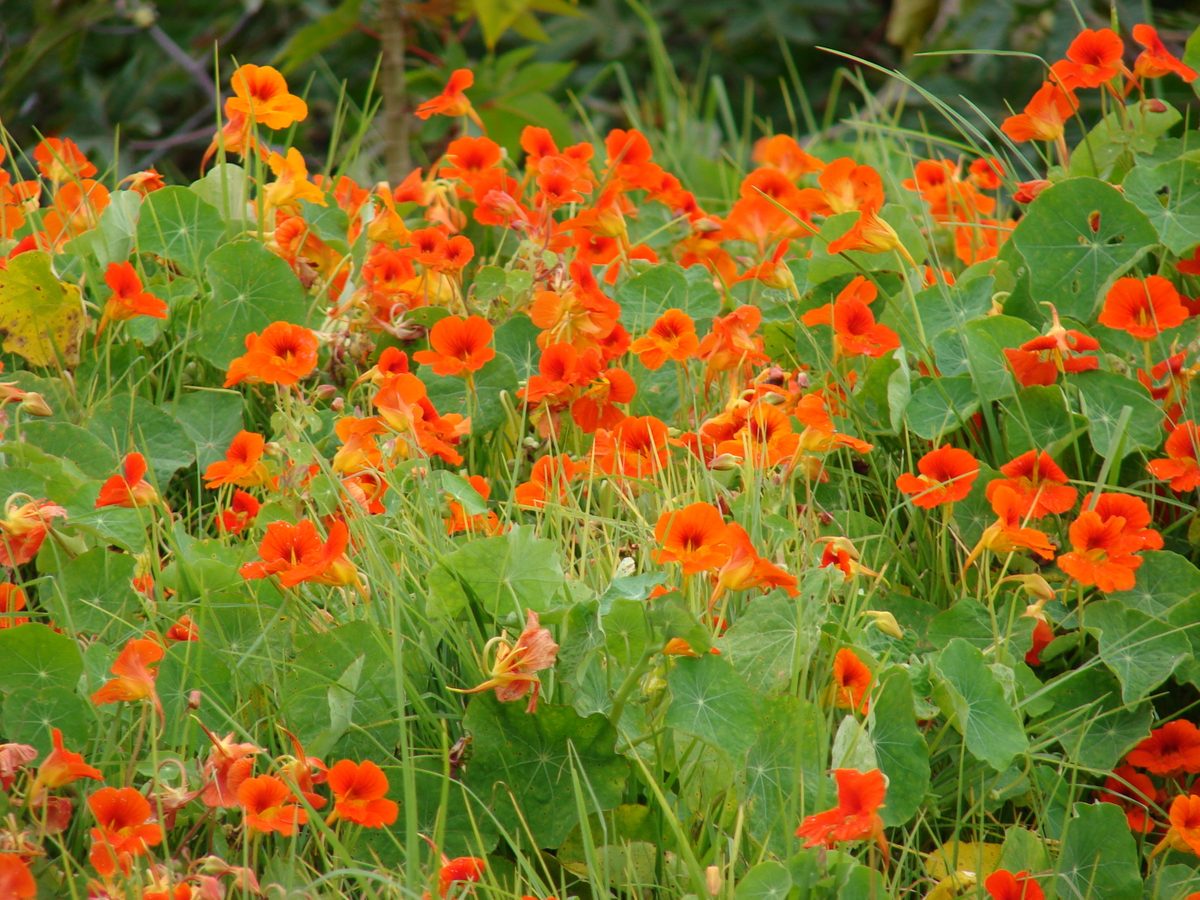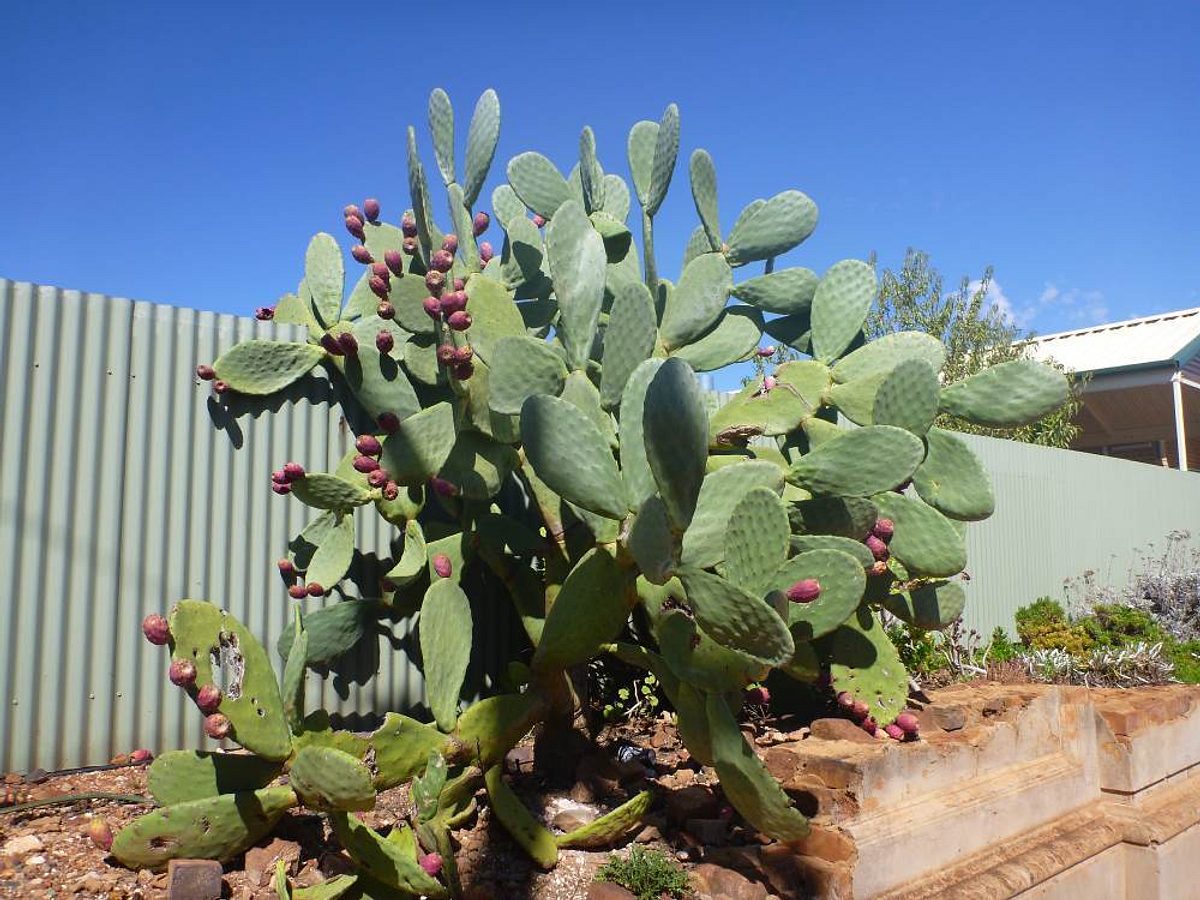
5 plants you shouldn’t grow
Did you know that some common garden plants are actually weeds?
While they might not cause a problem around the house, if they escape over your fence they can do a lot of damage.
Here are five you should steer clear of planting:
1. Fountain grass (Cenchrus setaceus)
This plant is popular for landscaping but unfortunately it’s an environmental disaster.
It produces a heap of seeds that spread easily, and once it’s escaped from your garden it can spread quickly to cover the landscape. This is where it can cause major problems.
Fountain grass has low nutritional value for native wildlife such as kangaroos and farm animals if it gets into paddocks, and in a bushfire it burns at high temperatures, which increases the risk of damage to nearby property.
It’s also a declared plant in South Australia, which means it’s not allowed to be sold or traded.
The good news is there is now a similar plant for you to opt for instead that doesn't produce seeds – Cenchrus advena. This has many cultivars such as ‘Moulin Rouge’, ‘Cherry Sparkler’ and ‘Purple Splash’. Or for native alternatives, check out our guide to native grasses.

2. Gazania (Gazania spp.)
Like a lot of weeds in SA, this colourful ground cover is native to South Africa.
Gazania seems to love our similar climate and flowers most of the year, but this means it competes with native species and agricultural crops, such as grape vines.
Gazania is also a declared plant and is banned from sale, though some sterile cultivars are available – look for gazanias labelled ‘Double Gold’, ‘Sunset Jane’ or ‘Montezuma’.

3. Topped lavender (Lavandula stoechas)
While this might be a fragrant, Australian cottage garden classic, it’s actually native to Europe and the Mediterranean. If it escapes your garden, it can spread and take over the natural environment.
If you love lavender, there are other varieties you can plant instead – some that are highly valued in local cottage garden industries and honey production. Consider English lavender (L. angustifolia), a common commercial variety, or avonview lavender (L. stoechas x viridis), which is a cross variety of the weedy topped lavender.

4. Nasturtium (Tropaeolum majus)
You might have noticed this species lining the River Torrens – which shows just how easily it spreads.
This weed is actually native to Peru and can choke out our local species, so it’s best not to plant it.

5. Pear cactus (Opuntia ficus-indica)
This fruit-producing plant is from Mexico and is grown in backyards as well as market gardens. The problem is, it can grow quickly to mammoth sizes and is particularly difficult to get rid of.
While it’s not a declared plant in South Australia, the impacts of its spread are being monitored. In other states large scale infestations are causing problems for land managers.
The cactus pads that fall off immediately grow into new plants and any dumped material will grow to create new infestations.
Make sure if you have it in your garden you harvest the fruit, otherwise foxes might feed on it and birds and other animals might spread its seeds into bushland.

So what should you plant? For more comprehensive tips, including how to use natives and what to plant where, look no further than our Adelaidegardensplanting guide.
If you live further afield, find what’s best-suited to your garden with the Botanic Gardens of South Australia’sPlant Selector.
This story was originally posted in September 2016.





